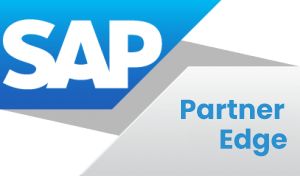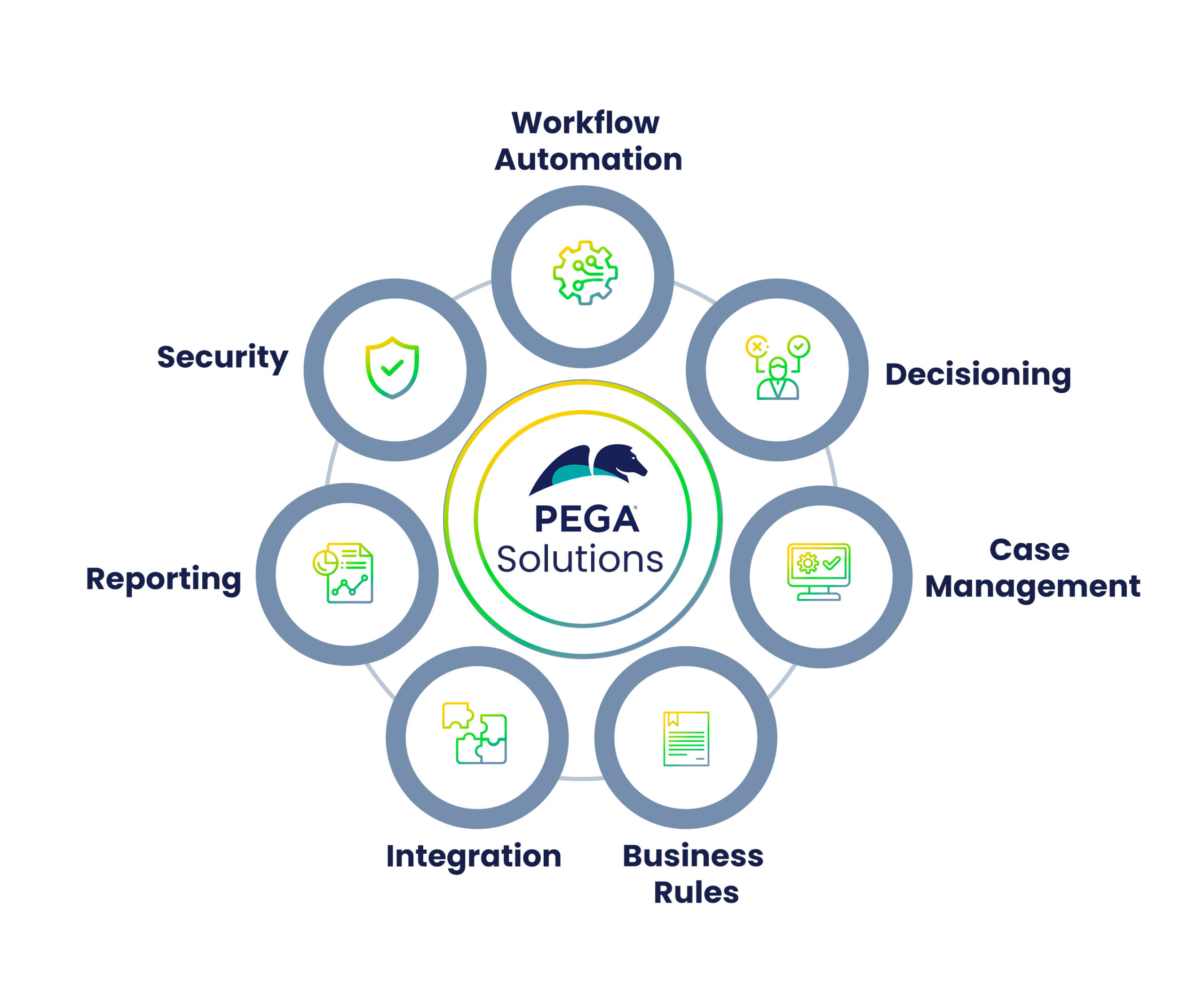Decisioning
Unlike traditional customer engagement tools that used batch campaigns and segmentation, Pega BPM brings real-time AI decisions to the table. Pega’s real-time decision engine interprets substantial data volumes in milliseconds, helping you find the next best plan of action for individual customers.
Case Management
Whether you need to make code upgrades or hotfixes, connect your back and front offices, or manage customer requests, Pega BPM’s case management capabilities make complex work management easier. You can use case management to:
- Integrate natural language processing and AI into your inbound queries to detect customer intent and sentiment
- Add bots to cases for updating existing systems or pulling data, owing to Pega’s robotic process automation feature
- Collaborate with stakeholders and provide feedback within the case, avoiding communication gaps
- Maintain documents/reporting performance for each case to minimize compliance risks and automate reporting
In a bots vs. human centric case management debate, the former is now the preferred option for most organizations. It’s about time you also jump on the bandwagon, and there’s no better way than Pega to see what bots can do for your business.
Business Rules
Pega’s Directly Capture Objectives (DCO) brings your business objectives to applications along with documents tying the app settings to your business goals. Since first-party customer data is available to you in real time, you can customize actionable processes per user type.
- Configure vs. Custom Rules: Pega lets you define business rules to execute decision strategies. You can configure the rules to fit your business requirements, including validation constraints and user-based decision criteria. Meanwhile, custom rule parameters can be set for each customer or customer type.
- Define KPIs Early: With customer data ready and available, you can define KPIs early in your campaigns. Use this information to tweak your efforts or perform A/B testing instead of relying on performance estimations.
Integration
Pega BPM allows you to access data across applications with flexible API services, connectors, and adaptors. You can get the most out of your data repository by combining it with 3rd party applications, external sources, and other enterprise systems. Pega can be a System of Record or Orchestrator or a BRM engine.
Reporting
Pega BPM gives you access to statistics, such as performance metrics and customer data that you can use to measure your KPIs and goals. The extensive reporting further enables you to visualize the collected data and retrieve insights from it.
Security
Security should be the last of your concerns when using Pega BPM. The platform has a secure and cohesive framework to safeguard your information from unauthorized and malicious agents. Features such as content security, virus checking, encryption, and confidentiality keep you safe from attacks that may compromise your availability and performance. With a shared responsibility model, Pega makes it easier to configure security.









